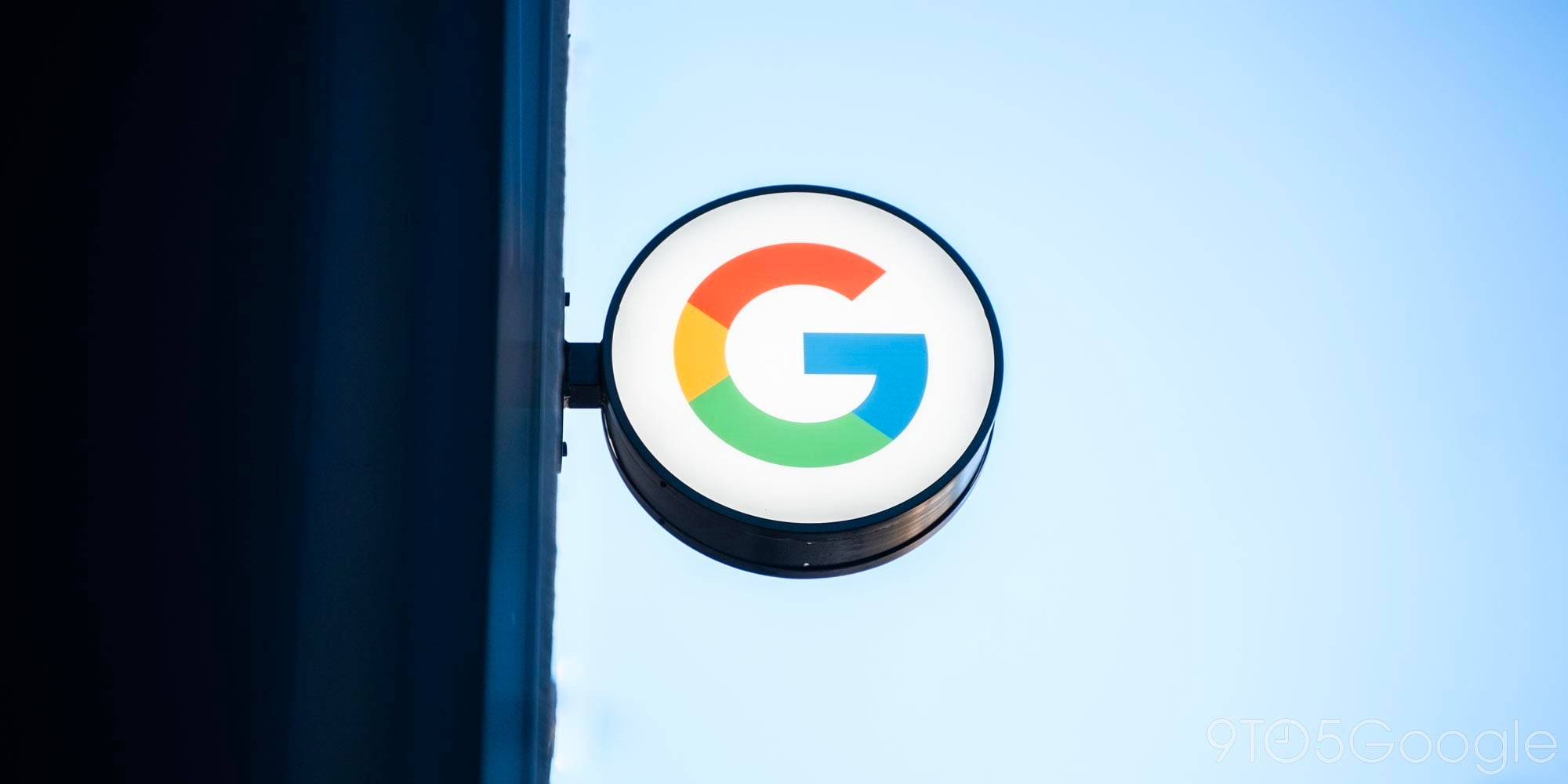
Big data is being leveraged around the world to help mange the wide-ranging impact of coronavirus. Google’s contribution are “COVID-19 Community Mobility Reports” that leverage location history to quantify how the pandemic has changed society, and help public health officials better respond.
Google is using aggregated and anonymized data to provide “insights into what has changed in response to work from home, shelter in place, and other policies aimed at flattening the curve of this pandemic.”
This takes the form of graphs for each location that shows how visits to six high-level categories — Retail & recreation, Grocery & pharmacy, Parks, Transit stations, Workplaces, and Residential — have changed compared to a baseline from the weeks before.
We’ll show trends over several weeks, with the most recent information representing 48-to-72 hours prior. While we display a percentage point increase or decrease in visits, we do not share the absolute number of visits.
The initial launch covers 131 countries, with some locations further broken down by regions (like states and counties in the US). More places will be made available in the coming weeks.
These reports do not show an individual’s location, contacts, movement, or any other personally identifiable information. It’s not specific enough to be used for contact tracing. Google leverages differential privacy to add “artificial noise to [its] datasets enabling high quality results without identifying any individual person.” The data specifically comes from users that turned on Google Location History on Android devices and first-party mobile apps.
Google hopes that these trends and location history will help governments shape their response to COVID-19. Examples given include:
- This information could help officials understand changes in essential trips that can shape recommendations on business hours or inform delivery service offerings.
- Persistent visits to transportation hubs might indicate the need to add additional buses or trains in order to allow people who need to travel room to spread out for social distancing.
The COVID-19 Community Mobility Reports are available to download as PDFs on this new Google site.
More about coronavirus:
- Google Assistant Snapshot feed adds ‘COVID-19 alert’ card
- 3D tigers, other animals surge in popularity among parents amid coronavirus
- Google says it can ‘handle the load’ of coronavirus-related traffic
- [Update: Progress] Verily launches COVID-19 screener and testing for California
FTC: We use income earning auto affiliate links. More.





Comments